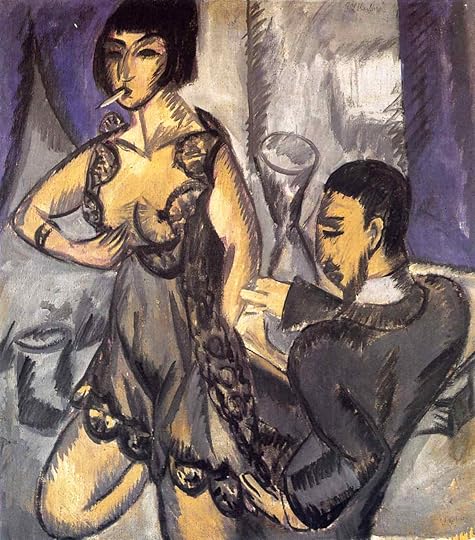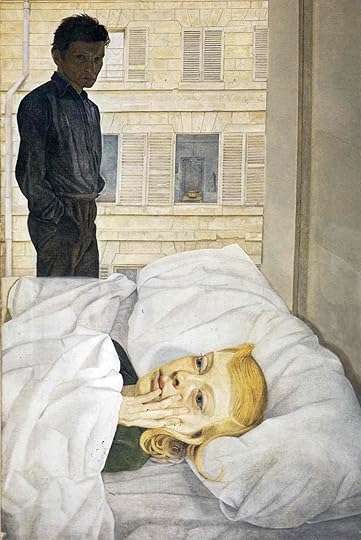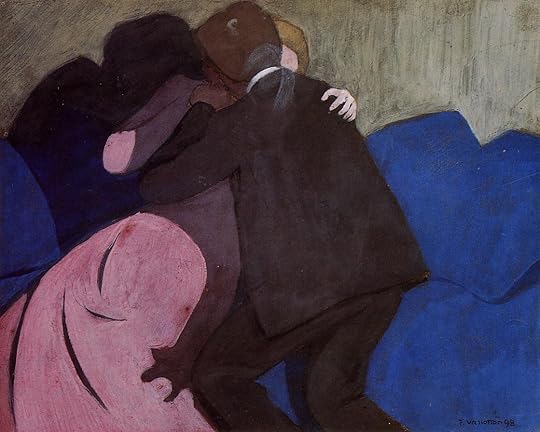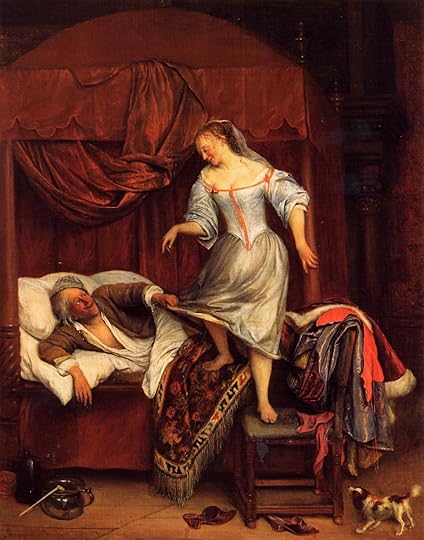What do you think?
Rate this book


Characters: 5 male, 5 female
By the author of the classic romantic romp The Loves of Anatol, Schnitzler's popular roundelay of love in old Vienna is told in ten interwoven scenes: two characters appear in each and one of these moves into the next. The soldier of the first scene leaves a prostitute to appear in the next scene with a parlor maid. The maid then departs to be with her wealthy employer. He, in turn, receives his mistress, a certain married lady. The next scene is reveals the married lady and her husband and then the husband meets a street girl at a private cafe. This girl and her poet lover, the poet and the actress, the actress and the count, and finally the count and the prostitute bring the evening full circle.
223 pages, Hardcover
First published January 1, 1897










Husband: If we hadn’t sometimes forgotten that we are in love with each other during the five years we have been married—we might not be in love any longer.
Young Wife: That’s beyond me.
Husband: The case is simply this. We have had perhaps ten or twelve love-affairs with each other [in five years of marriage]…. Doesn’t it seems that way to you, too?
Young Wife: I haven’t counted them!
Husband: If we had enjoyed the first one to the last drop, if I had from the very beginning surrendered without restraint to my passion for you, the same thing would have happened to us that has happened to millions of other lovers. We would be tired of each other.
Update: I've added some comments on the play in my post on Max Ophuls' 1950 movie version of La Ronde.